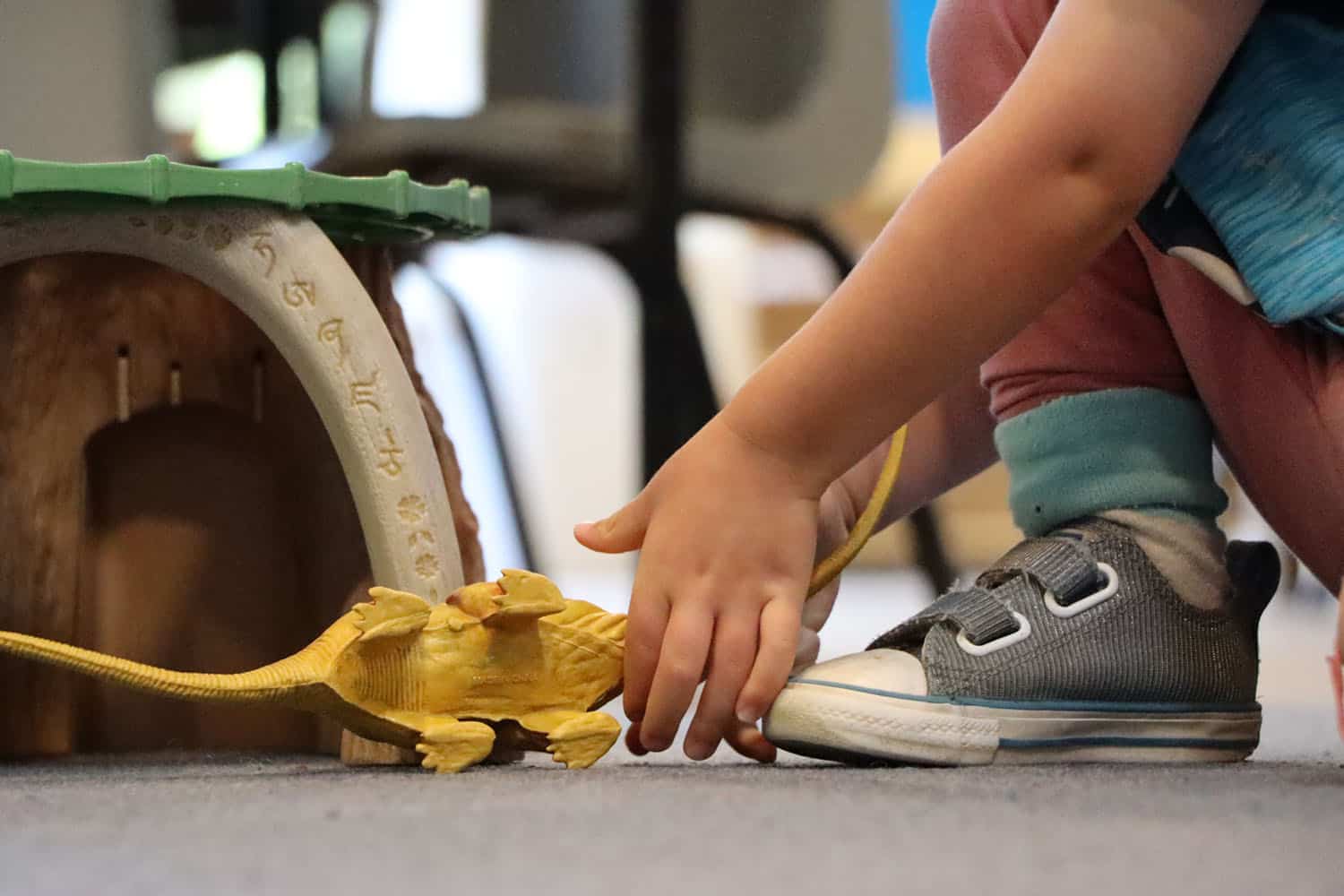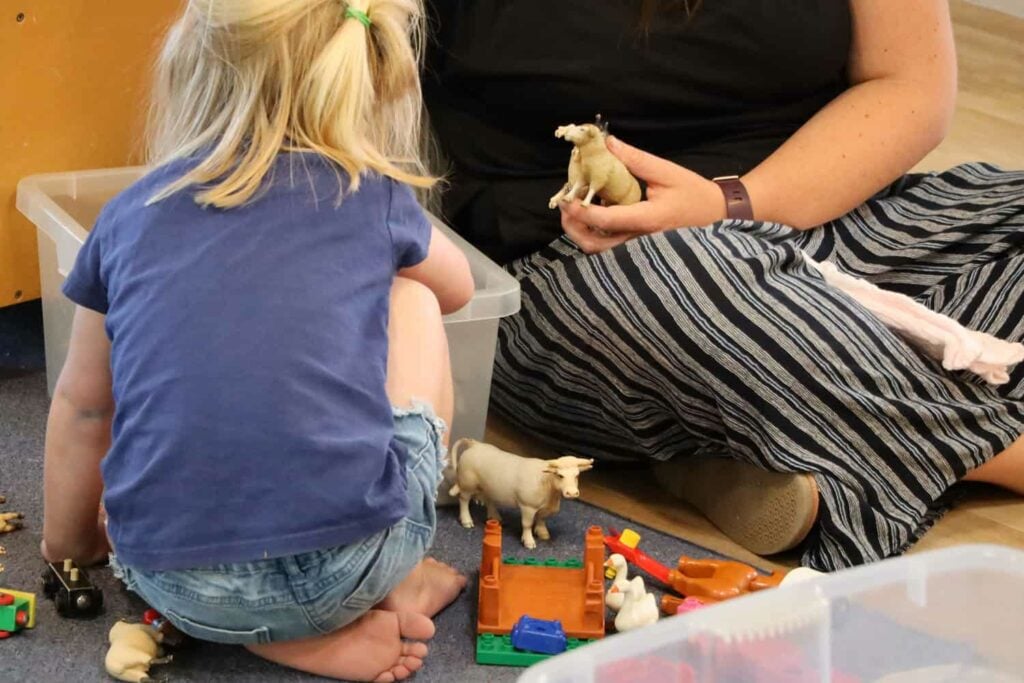What is the Pay Gap and NZEI’s Promise.
By David Haynes.
October 3, 2019.
NZEI’s New Campaign to ‘Fix the Pay Gap’
Amid much fanfare at their annual conference the NZEI has announced its new campaign.
NZEI describes it as “a bold new campaign to fix the pay gap”. They state that:
“There is an average 23% pay gap between ECE and kindergarten teachers. By next year, some ECE teachers will be more than 49% behind their kindergarten counterparts with the same experience and qualifications.”
So what is their solution to this pay gap of up to 49%? It is “an immediate pay jolt of 11% and for a stepped out pay plan that will fix the pay gap for good.”
Some might regard a pay rise of 11% to fix “an average 23% pay gap” as something less than “bold”. However, it is a significant improvement on NZEI’s previous position, and for this reason should be applauded. But the applause should be muted because it will not “fix the pay gap” as claimed.
What is the Pay Gap?
The pay gap is between qualified and professionally certificated teachers working in non-kindergarten ECE and their secondary, primary and kindergarten peers. Kindergarten teachers benefit from an unfair allocation of government funds within ECE. If a teacher-led ECE centre is called a ‘kindergarten’ then it gets a preferential level of funding. The reason for this is that the government commits to providing kindergarten teachers with pay parity with primary and secondary teachers. They do this in the Kindergarten Teachers, Head Teachers and Senior Teachers’ Collective Agreement (KTCA). The pay gap is therefore caused because kindergartens are funded to give their teachers pay parity, but other centres are not. As pay parity with primary and secondary has caused the gap, the only solution that makes sense is to provide all certificated ECE teachers with pay parity with primary and secondary teachers. Nothing else can close the pay gap that the NZEI talk about.
NZEI’s Previous Positions
NZEI have had at least three previous positions on how to fix the pay gap.
The first, and most commendable of these, was a pay parity campaign that they ran following on from kindergartens achieving pay parity twenty years ago. They attracted new ECE members, and charged membership fees, on the basis that they were fighting for pay parity. That campaign quietly faded away.
The second NZEI position was adopted in the Early Childhood Education Collective Agreement of Aotearoa New Zealand (ECECA). This agreement stated, and still states:
“Pay parity: The parties to the ECECA are committed to achieving pay parity with qualified and certificated teachers in kindergarten and in the primary and secondary education sectors for qualified and certificated teachers covered by this agreement.”
Until 2nd October 2019 there was no evidence that the NZEI ever did anything to fulfil that commitment. Instead they adopted a third position.
The third NZEI position was (and apparently still is) to support a pay equity campaign. Pay equity addresses pay differences based on gender. The pay equity process is in the process of becoming law through the Equal Pay Amendment Bill. This Bill’s purpose is:
“to improve the process for raising and progressing pay equity claims, and to eliminate and prevent discrimination on the basis of sex in the remuneration and employment terms and conditions for work done within female-dominated jobs.”
For ECE, pay parity with kindergarten, primary and secondary teachers cannot be addressed through a pay equity process. The gender difference, which must be at the heart of any pay equity claim, does not exist. A pay equity process has to rely on comparitors in male dominated industries. Kindergarten and primary teaching are certainly not dominated by males, and secondary teaching probably isn’t either, but I do not have ready access to those statistics.
In summary, NZEI has campaigned for pay parity, but dropped that campaign. It has committed to achieving pay parity, but until this week has done nothing about that commitment. It has supported a pay equity campaign that rests on a gender pay gap that does not exist.
Can the ECECA Fix the Pay Gap?
As we have seen, the ECECA is committed to achieving pay parity, which would ‘fix the pay gap’ as promised by NZEI. At present the attestation rate for ECE funding is the minimum rate in the ECECA. It would be simple for the Ministry of Education to require attestation to the entire pay scale in the ECECA. Making this pay scale identical with the one in the KTCA would achieve pay parity, and ‘fix the pay gap’. All that is required is for the government to fund all teacher-led ECE centres at the rate specified for ‘kindergartens’ in the ECE Funding Handbook.
Is There a Simpler Way?
It is possible to remove one step from the above process; link the attestation rate to the KTCA. That coupled with the government funding all teacher-led ECE centres at the rate specified for ‘kindergartens’ in the ECE Funding Handbook would ‘fix the pay gap’ in one fell swoop. There is no need for anything more complicated. Using the ECECA as a potential solution to the ‘pay gap’ is unnecessary. It is a red herring.
Why 11%?
So why negotiate for “an immediate pay jolt of 11% and for a stepped out pay plan that will fix the pay gap for good”? If you open negotiations asking for 11% then you cut off the opportunity to settle for a larger figure and will probably settle for a smaller one. Negotiations should start at nothing less than pay parity. Unless there has been a secret agreement with the Minister who has agreed to find 11% if NZEI limit their demands to that (but we mustn’t get captured by conspiracy theories) then opening negotiations at 11% is self-defeating. NZEI should start by asking for parity, full stop, and then maybe compromise on an implementation timetable. But the implementation timetable would need to be legally binding and tied to possible future increases to the KTCA. No-one should agree to anything that a future government could just ignore.
Where Does That Leave Us?
NZEI’s latest initiative, to use the ECECA, is a significant improvement on pay equity, but it falls well short of what NZEI undertook to achieve in the ECECA, and it falls well short of what qualified ECE teachers deserve. NZEI’s opening negotiating position of an 11% ‘pay jolt’ is far too modest.
Pay parity is the only justifiable goal, and it would be simple to implement through adjusting the attestation rate to match KTCA rates. It is a clearly identifiable target that should be the opening position in any pay negotiations.








